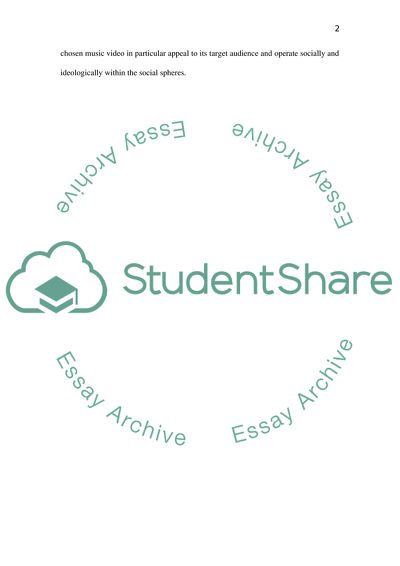Cite this document
(The Selfie Song by the Chainsmokers Case Study Example | Topics and Well Written Essays - 1500 words, n.d.)
The Selfie Song by the Chainsmokers Case Study Example | Topics and Well Written Essays - 1500 words. https://studentshare.org/marketing/1837307-music-cultures-marketing-principles
The Selfie Song by the Chainsmokers Case Study Example | Topics and Well Written Essays - 1500 words. https://studentshare.org/marketing/1837307-music-cultures-marketing-principles
(The Selfie Song by the Chainsmokers Case Study Example | Topics and Well Written Essays - 1500 Words)
The Selfie Song by the Chainsmokers Case Study Example | Topics and Well Written Essays - 1500 Words. https://studentshare.org/marketing/1837307-music-cultures-marketing-principles.
The Selfie Song by the Chainsmokers Case Study Example | Topics and Well Written Essays - 1500 Words. https://studentshare.org/marketing/1837307-music-cultures-marketing-principles.
“The Selfie Song by the Chainsmokers Case Study Example | Topics and Well Written Essays - 1500 Words”. https://studentshare.org/marketing/1837307-music-cultures-marketing-principles.


